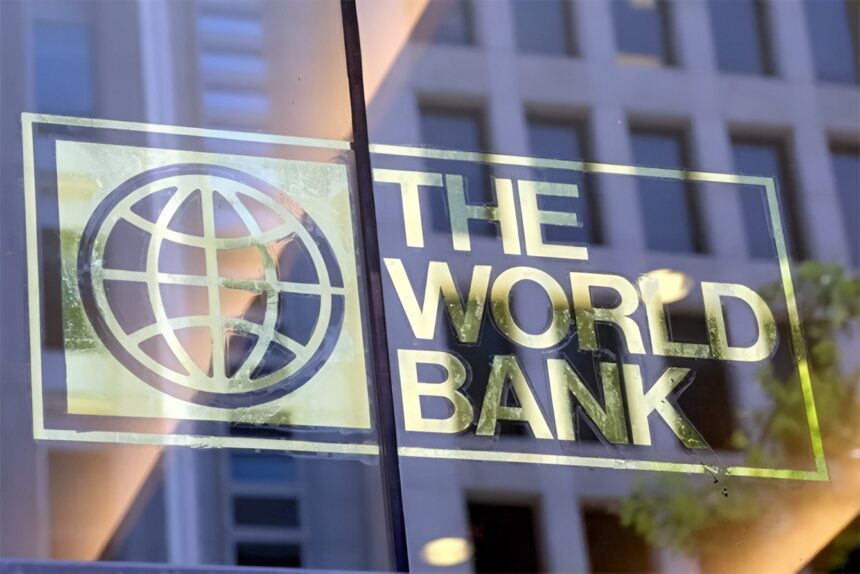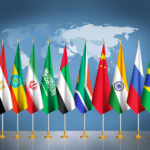The World Bank’s income ranking has placed Nigeria among lower-middle-income economies in its 2025/2026 country income classification.
The rank revealed that Nigeria, Africa’s most populous nation is below war-torn Libya and Gabon.
The World Bank’s income ranking unveiled that Nigeria is in the lower-middle income bracket because the country’s Gross National Income (GNI) per capita is below $1,136.
However, the middle-income GNI per capita includes countries between $1,136 and $4,495; upper-middle-income economies are those with a GNI per capita between $4,496 and $13,935, and high-income economies are those with a GNI per capita of more than $13,935.
This means that Libya and Gabon, which ranked among the upper-middle income economies, have a GNI per capita between $4,496 and $13,935.
Nigeria was also listed among countries in fragile and conflict affected situations alongside Yemen, Ukraine, Gaza, West Bank, Sudan, South Sudan, Somalia, Syria, Niger, Burkina Faso and Afghanistan among others.
However, Nigeria was not included in the list of heavily indebted poor countries, which included Rwanda, Ghana, Gambia, Liberia, among others.
The World Bank Group said that its income classifications provide valuable insights into global economic trends and development progress.
The report reads in part: “As countries continue to evolve economically, these classifications will remain crucial for shaping development policies and strategies. Policymakers should consider these classifications when designing economic policies and strategies.
“Understanding the factors influencing income classification can guide efforts stimulating economic growth, help manage inflation, and enhance integration into the global economy.”
Pan-Atlantic Kompass reports that this report comes amid ongoing economic reforms by the administration of President Bola Tinubu.
Tinubu’s administration has implemented reforms such as subsidy removal and exchange rate harmonization.
However, these measures have not yet translated into significant improvements for ordinary Nigerians, as the World Bank’s income ranking revealed.
On the other hand, the World Bank said that the shifts in income classification varied significantly across regions, with, for instance, 26 per cent of countries in East Asia and the Pacific being low-income in 1987, but by 2024, only 3.0 per cent remained in this category.
Europe and Central Asia had no low-income countries in both 1987 and 2024, although they had a slight decrease in high-income countries from 71 per cent to 69 per cent.
Low-income countries in Latin America and the Caribbean reduced from 2.0 per cent in 1987 to zero in 2024, while high-income countries increased from 9.0 per cent to 46 per cent.
However, low-income countries increased from two to three in the Middle East and North Africa, while high-income countries rose to 35 per cent. All countries moved from low-income in 1987 to lower-middle- and upper-middle-income by 2024 in South Asia.
In Sub-Saharan Africa, low-income countries decreased from 75 per cent to 45 per cent, with only one country, Seychelles, reaching high-income status.





